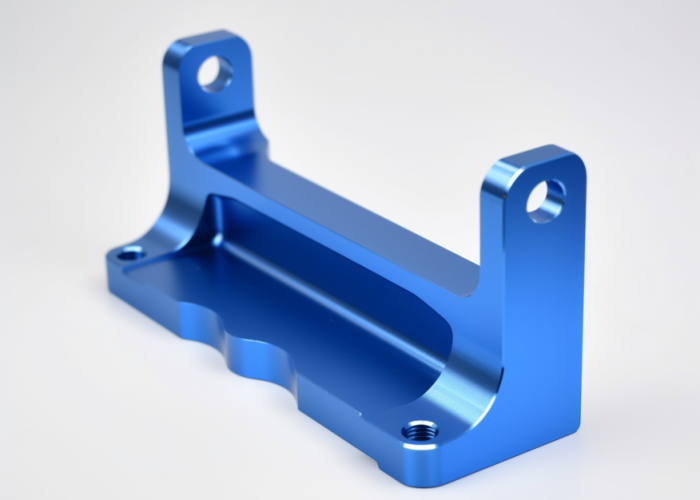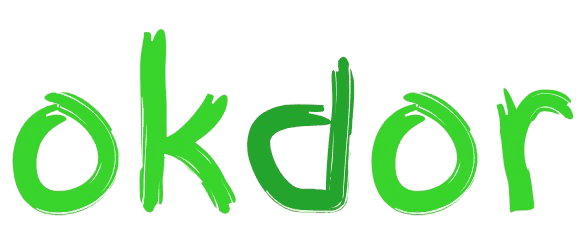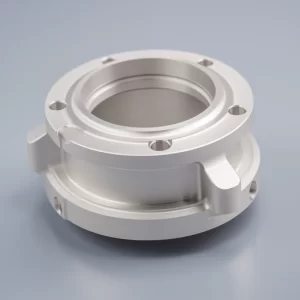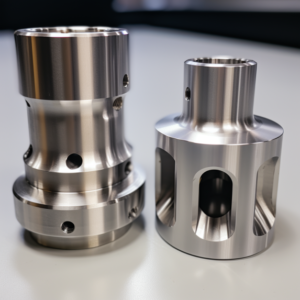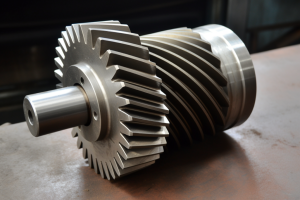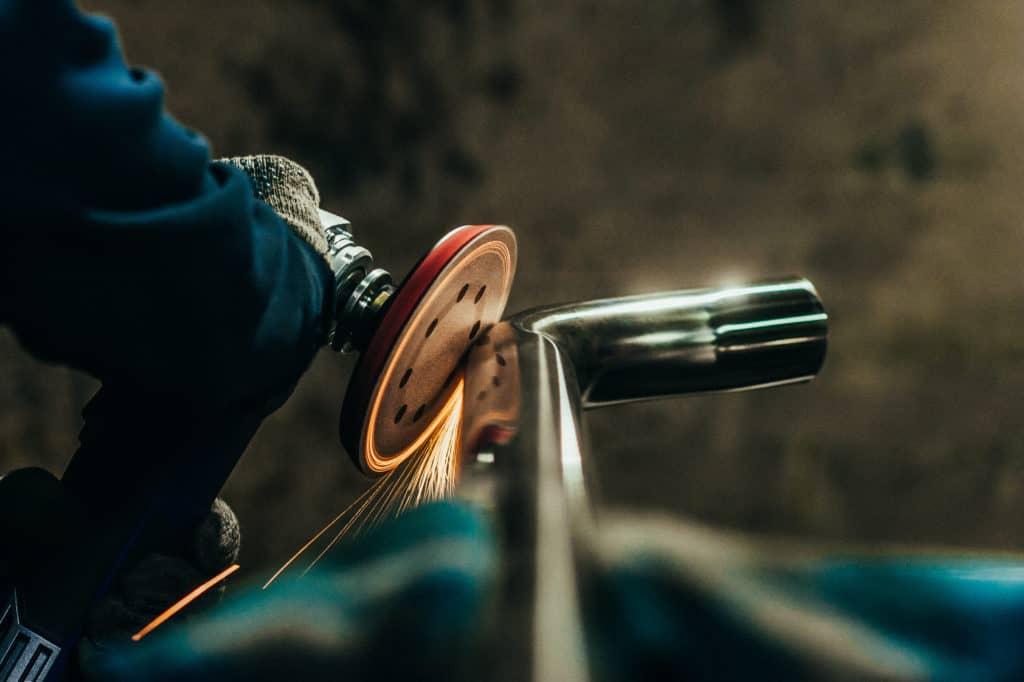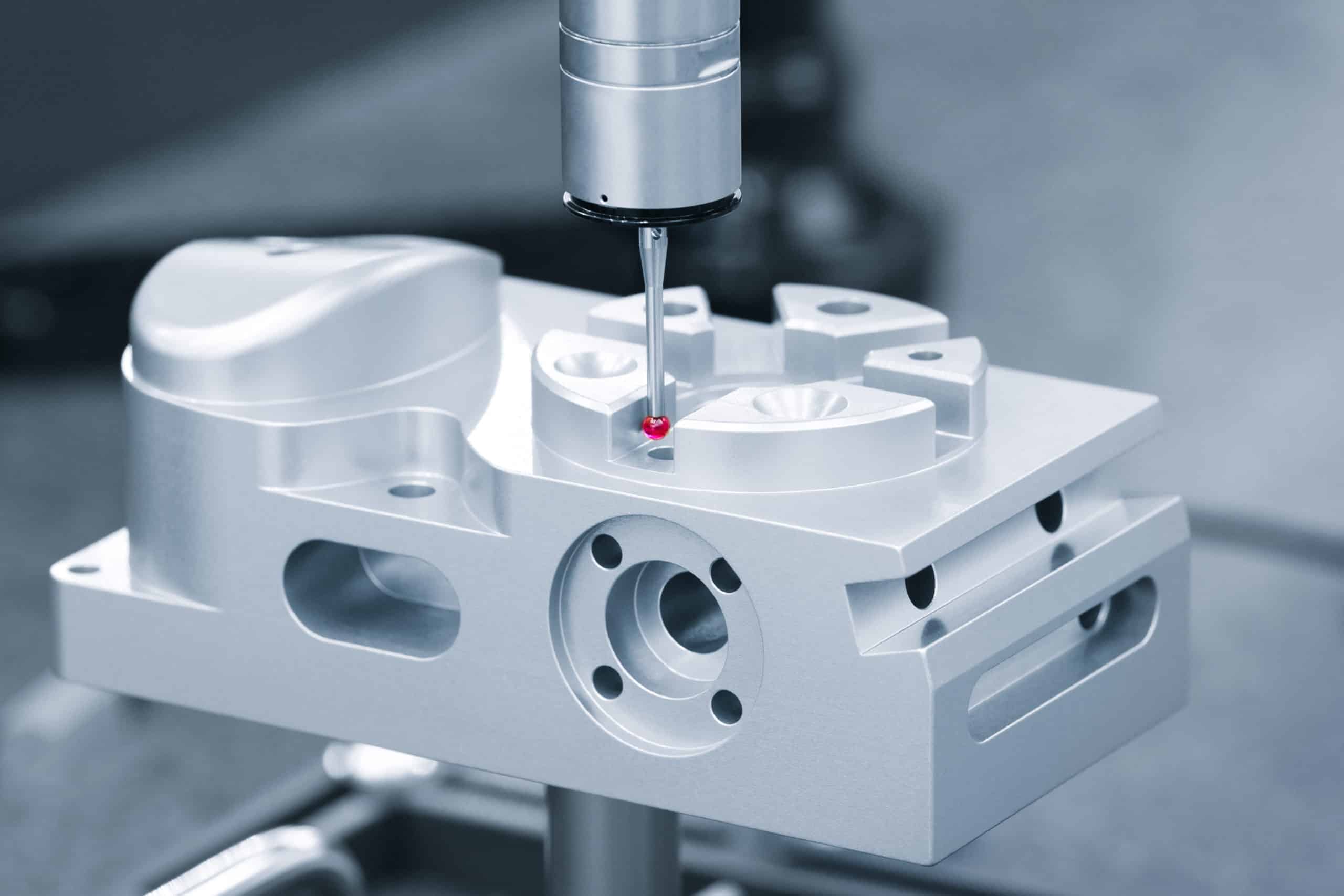Anodizing costs can significantly impact your part production budget. Understanding these key factors helps you make smarter decisions and reduce costs without compromising quality.
Six key factors can help reduce anodizing costs: optimizing order size, selecting the right anodizing type, controlling coating thickness, simplifying part design, reducing surface area, and evaluating additional services. Each factor provides specific opportunities for cost savings.
Let’s explore each of these factors in detail to help you achieve cost-effective anodizing while maintaining quality standards.
Table of Contents
1. Optimize Your Order Size
Order size optimization in anodizing is like buying in bulk at a wholesale store – larger quantities typically mean better prices per piece. Understanding how to balance order quantity with costs can reduce your anodizing expenses by 20-40%. This factor is crucial because setup costs are distributed across all parts in a batch.
Plan Batch Quantities
Batch planning refers to determining the most cost-effective quantity for anodizing. Like buying the right amount of supplies, it’s about finding the sweet spot between cost and quantity.
Cost Impact Analysis:
Batch Size Cost Per Part Setup Impact Total Savings
1-10 pieces Very high Full setup cost Base cost
25-50 pieces Moderate Distributed 20-30% savings
100+ pieces Optimal Minimal impact 30-40% savings
500+ pieces Lowest Most efficient 40-50% savings
Consider Minimum Charges
Minimum charges refer to the base costs that anodizing facilities charge regardless of how many parts you’re processing. Like a restaurant’s minimum order requirement for delivery, these charges ensure the facility can cover their basic operational costs. Understanding these charges helps you avoid situations where you’re paying premium rates for small quantities.
Charge Structure Analysis:
- Setup fees: Basic equipment preparation costs
- Tank loading charges: Minimum solution and energy costs
- Quality control fees: Testing and certification minimums
- Handling requirements: Minimum labor and processing fees
Impact on Different Order Sizes:
Order Size Minimum Charge Impact Cost Per Part
5 pieces Full charge per piece Very high
20 pieces Charge spread out Moderate
50+ pieces Minimal impact Optimal
Balance Inventory Needs
Inventory balancing in anodizing means finding the optimal point between ordering more parts to reduce per-piece anodizing costs and the expenses of storing finished parts. Like managing a restaurant’s food inventory, you need enough to meet demands without wasting resources on excessive storage.
Key Balancing Factors:
- Production requirements: Monthly or quarterly needs
- Storage costs: Warehouse space and handling
- Cash flow impact: Investment in finished goods
- Risk factors: Potential design changes or demand shifts
Pro Tip: Calculate your optimal order quantity by considering both anodizing price breaks and inventory carrying costs. Sometimes a slightly larger order can significantly reduce per-piece costs.
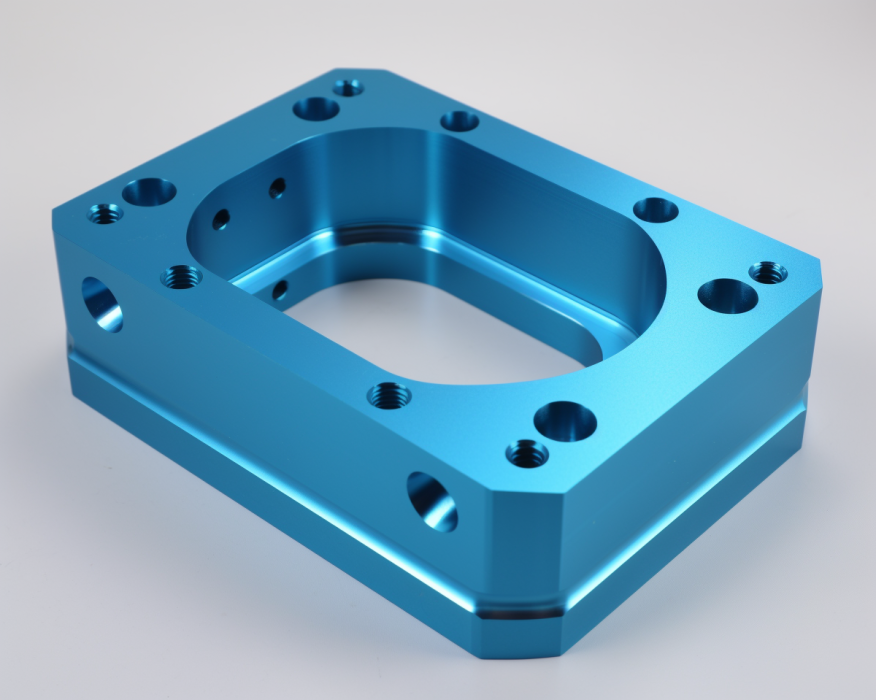
2. Pick the Right Anodizing Type
Selecting the right anodizing type is like choosing the appropriate paint finish for your car – different types offer different levels of protection and appearance at different costs. Understanding anodizing types can reduce costs by 15-40% by avoiding over-specification. This choice affects both initial costs and long-term performance.
Choose Between Type I, II, or III
Anodizing types refer to different processes that create varying coating thicknesses and properties. Like choosing between different grades of protective coatings, each type has specific benefits and costs.
Type Comparison Guide:
Type Thickness Cost Level Best Applications
Type I 0.1-0.3 mils Lowest Decorative, indoor use
Type II 0.4-0.8 mils Moderate General purpose
Type III 0.8-4.0 mils Highest Heavy wear, outdoor
Match Requirements to Needs
Requirements matching means selecting the appropriate type based on actual part function. This prevents paying for more protection than necessary.
Application Considerations:
- Environmental exposure
- Wear requirements
- Appearance needs
- Service life expectations
Don't Over-Specify
Over-specification means requiring higher grades of anodizing than functionally necessary. Like buying premium gasoline for a car that runs fine on regular, this adds cost without benefit.
Cost Impact of Specifications:
- Type selection impact
- Thickness requirements
- Color requirements
- Quality standards
Pro Tip: Consult with anodizing experts about your specific application. Often, a lower-cost process can provide adequate protection while saving significant costs.
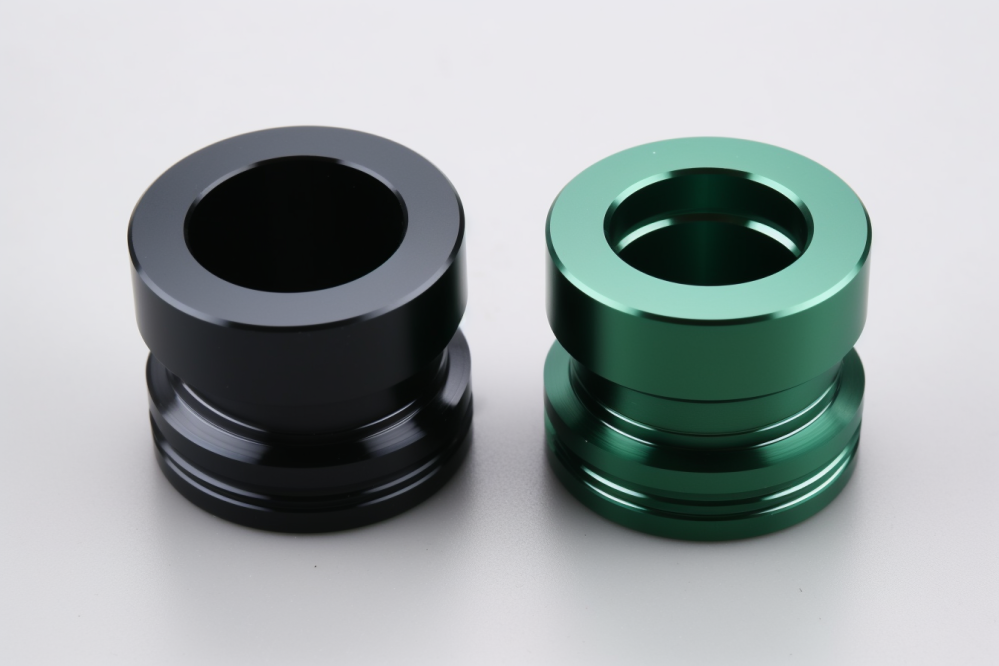
3. Control Coating Thickness
Coating thickness control in anodizing is like choosing the right insulation thickness for your house – thicker isn’t always better and costs increase with thickness. Understanding thickness requirements can reduce anodizing costs by 25-35%. Proper thickness specification directly impacts both cost and performance.
Specify Minimum Needed
Thickness specification means determining the minimum coating thickness that meets your functional requirements. Like buying just enough insurance coverage, this ensures adequate protection without excessive cost.
Thickness Cost Relationship:
Thickness (mils) Process Time Relative Cost Application
0.1-0.3 Shortest Base cost Decorative
0.4-0.8 Standard 1.5x cost Indoor use
1.0-2.0 Extended 2x cost Outdoor use
2.0-4.0 Longest 3x cost Severe wear
Understand Thickness Costs
Thickness cost understanding involves recognizing how coating thickness affects processing time and costs. Greater thickness requires longer processing time, more power consumption, and stricter process controls.
Cost Impact Factors:
- Processing time increases
- Energy consumption rises
- Chemical usage grows
- Quality control intensifies
Avoid Excessive Requirements
Excessive requirements refers to specifying thicker coatings than necessary for the application. This common mistake significantly increases costs without providing proportional benefits.
Optimization Strategies:
- Review functional needs
- Consider environment
- Evaluate wear requirements
- Balance cost vs. performance
Pro Tip: Request thickness recommendations from your anodizer based on actual application requirements. Their experience can help optimize specifications for cost and performance.
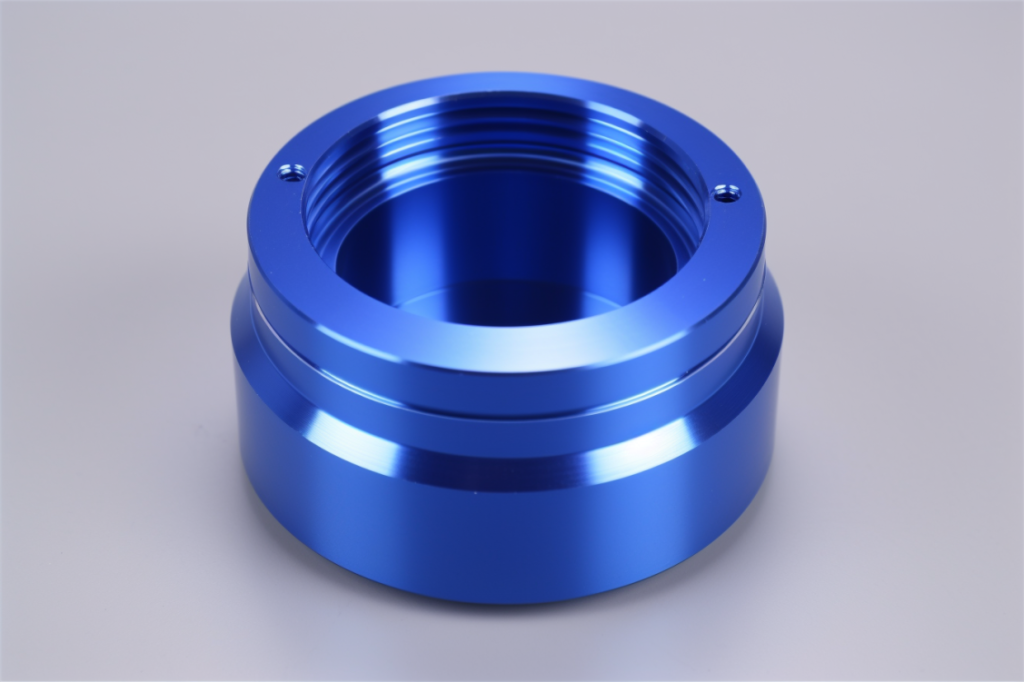
4. Make Part Design Simple
Part design simplification in anodizing is like designing a boat hull for smooth water flow – simpler shapes process more efficiently and cost less. Understanding design principles for anodizing can reduce processing costs by 20-30%. Good design directly affects solution flow, processing uniformity, and overall quality.
Avoid Complex Geometries
Complex geometries in anodizing refer to shapes that can trap solutions or create uneven coating distribution. Like avoiding tight corners when painting, simpler shapes allow better processing.
Design Impact Analysis:
Feature Type Processing Impact Cost Effect Quality Risk
Simple Curves Easy flow Base cost Low
Deep Recesses Solution traps +30% cost Medium
Blind Holes Poor circulation +50% cost High
Internal Channels Limited access +75% cost Very High
Solution flow design means creating shapes that allow anodizing solutions to freely contact and drain from all surfaces. This principle affects both processing efficiency and coating quality.
Critical Design Features:
- Drainage holes
- Smooth transitions
- Accessible surfaces
- Uniform cross-sections
Prevent Liquid Traps
Liquid trap prevention involves eliminating design features that can hold processing solutions. These trapped solutions can cause quality issues and increase processing costs.
Design Guidelines:
- Eliminate blind holes
- Provide drain paths
- Avoid overlapping surfaces
- Consider part orientation
Pro Tip: Review your design with anodizing experts before finalizing. Small design changes early can prevent significant processing costs later.
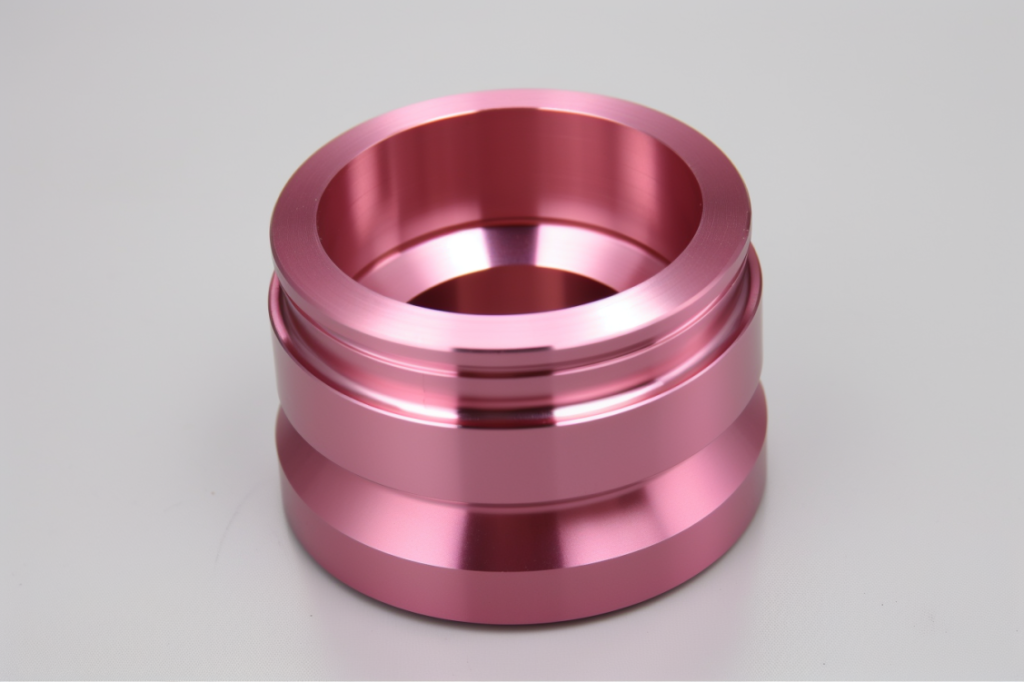
5. Reduce Surface Area
Surface area reduction in anodizing is like minimizing paint coverage on a car – less area means lower processing costs. Understanding how surface area affects anodizing costs can save 15-25% on processing. Since anodizing costs are often calculated by surface area, smart design choices significantly impact total costs.
Minimize Areas Needing Anodizing
Surface area minimization means strategically reducing the areas that require anodizing treatment. Like painting only visible surfaces, this approach focuses treatment where it’s actually needed.
Area Impact on Cost:
Surface Design Area Impact Cost Effect Benefit
Full Coverage Maximum Base cost Complete protection
Selective Reduced 20-30% savings Targeted protection
Minimal Optimized 40-50% savings Essential coverage
Strategic Balanced 25-35% savings Cost-effective
Consider Selective Anodizing
Selective anodizing means treating only specific areas of a part. This targeted approach can significantly reduce processing costs while maintaining necessary protection.
Implementation Methods:
- Masking techniques
- Design barriers
- Focused treatment
- Protected areas
Design Efficient Surfaces
Efficient surface design involves creating geometries that minimize surface area while maintaining functionality. This approach optimizes both material use and processing costs.
Design Strategies:
- Eliminate non-functional surfaces
- Optimize wall thickness
- Reduce unnecessary features
- Combine functions
Pro Tip: Calculate total surface area during design phase. Small reductions in non-critical areas can lead to significant cost savings.
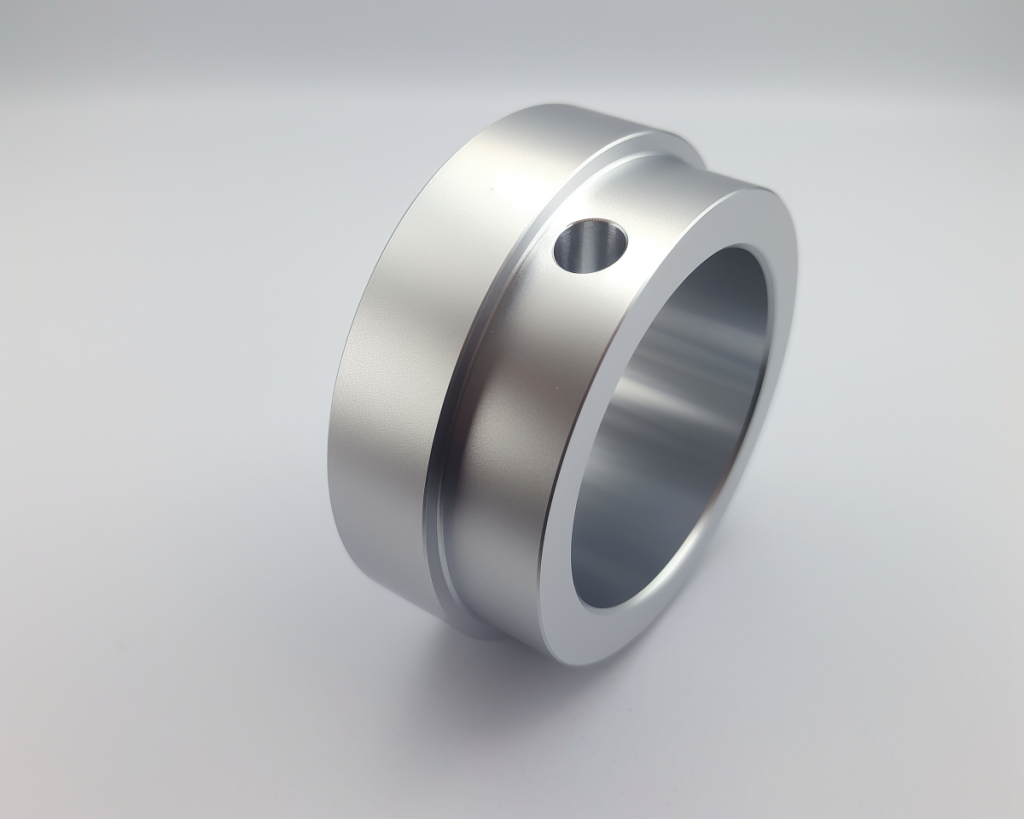
6. Consider Additional Services
Additional services in anodizing are like choosing between a full-service car wash or basic wash – bundling services can often save money compared to handling them separately. Understanding available service options can reduce overall production costs by 15-30%. This consideration affects both total cost and production efficiency.
Evaluate Bundled Services
Bundled services evaluation means assessing which combination of finishing services is most cost-effective. Like choosing a package deal versus individual services, combining operations can provide significant savings.
Service Combination Analysis:
Service Package Cost Impact Time Savings Value Added
Anodize Only Base cost Standard Basic
Anodize + Testing +10% 20% faster Quality assured
Full Service +25% 40% faster Complete solution
Custom Package Varies Project specific Optimized
Compare In-House vs. Outsourced
In-house versus outsourced comparison means evaluating the total cost of different processing approaches. This analysis helps determine the most cost-effective way to complete your finishing needs.
Cost Comparison Factors:
- Equipment investment
- Labor requirements
- Quality control needs
- Production volume
Plan Process Flow
Process flow planning involves organizing finishing operations for maximum efficiency. Like choreographing a dance, proper sequencing reduces handling and improves throughput.
Flow Optimization:
- Minimize handling
- Reduce transport
- Coordinate operations
- Streamline inspection
Pro Tip: Request quotes for different service combinations. Sometimes a slightly higher package price saves money overall through reduced handling and improved efficiency.
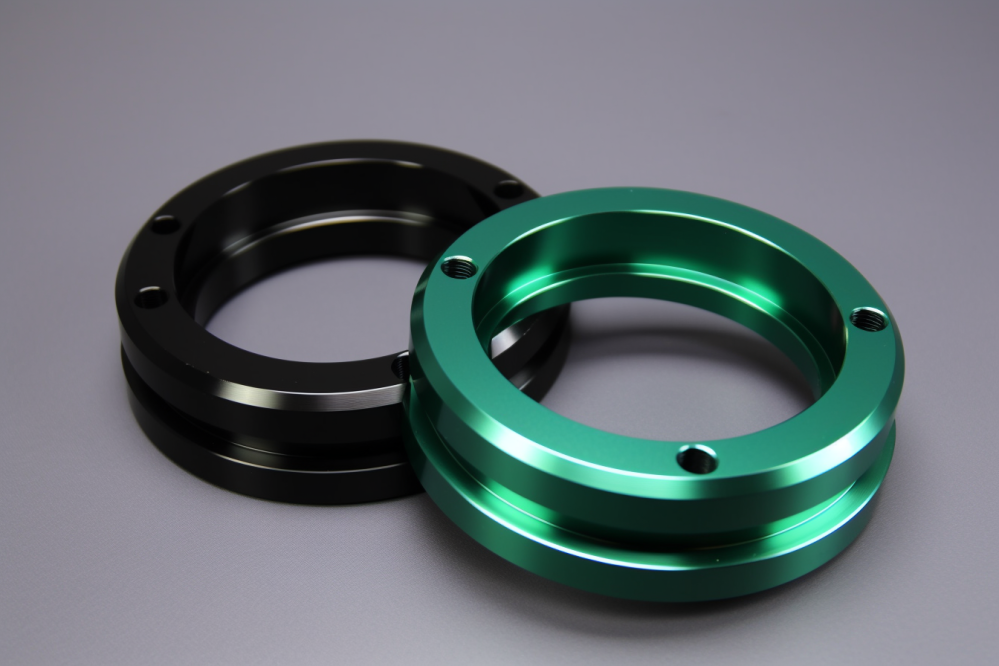
Conclusion
Smart decisions about anodizing processes can significantly impact your part costs. Like choosing the right ingredients and methods for a recipe, each factor contributes to the final result and cost.
Keys to takeaway:
- Optimize order quantities
- Choose appropriate anodizing type
- Control coating thickness
- Keep designs simple
- Minimize surface area
- Consider service bundles
Need help optimizing your anodizing costs? Contact okdor’s finishing experts.
Frequently Asked Questions
Type I takes 30-40 minutes, Type II requires 45-60 minutes, and Type III needs 60-120 minutes per batch. Processing time directly affects scheduling and turnaround times.
Minimum cost-effective batch size starts at 25 pieces, with optimal pricing at 100+ pieces. Orders below 25 pieces incur high per-piece costs due to setup charges.
Only aluminum and titanium can be effectively anodized. Other metals like steel and copper require different surface treatments for protection.
Solution temperature must be controlled within ±2°F for consistent results. Temperature variations affect coating thickness and quality, potentially requiring costly rework.
UV exposure, salt spray, and chemical exposure can affect anodized surfaces differently. Type III provides best environmental resistance, while Type I is suitable only for indoor use.
Anodizing solutions require replacement every 3-6 months depending on usage. Solution maintenance significantly impacts coating quality and consistency.
